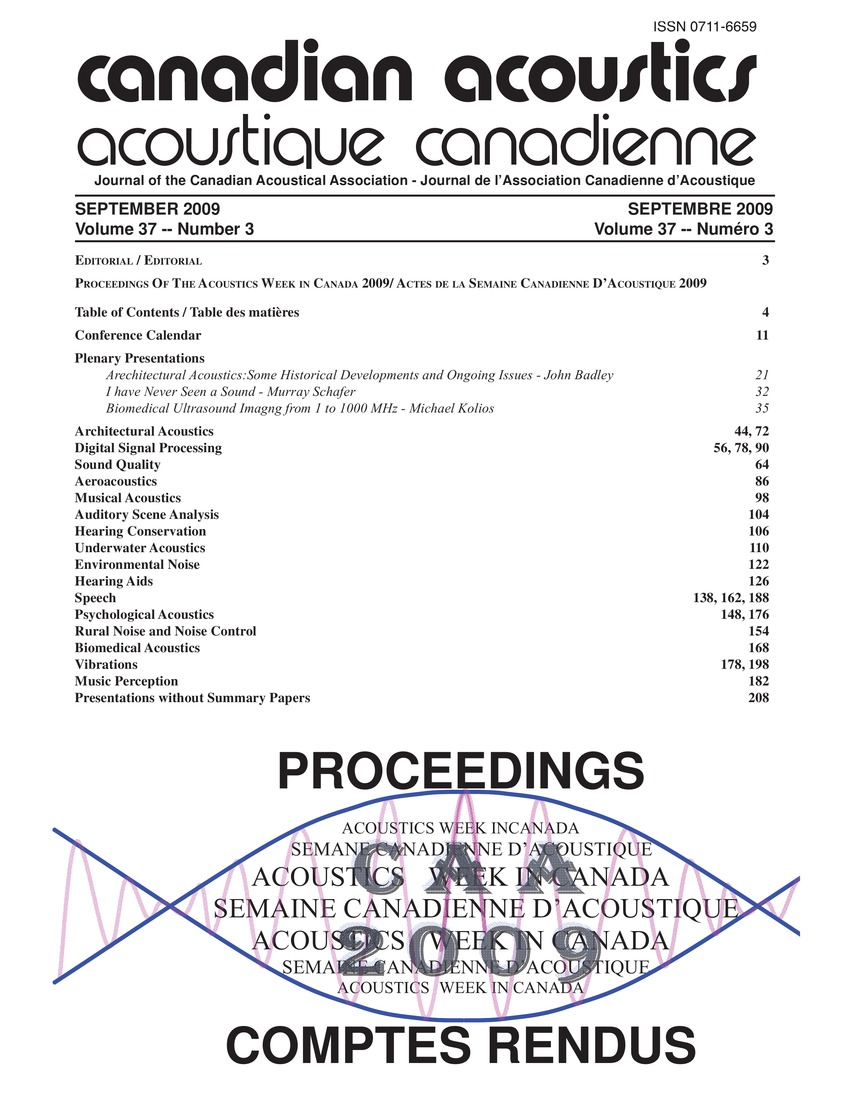Review of wideband speech noise reduction techniques
Keywords:
Acoustic noise measurement, Linguistics, Telecommunication equipment, Low frequency, Narrow bands, Noise distortions, Noise reduction algorithms, Noise reduction technique, Structural differences, Vowel sounds, Wide-band, Wideband applications, Wideband noise, Wideband signals, Wideband speech, Wideband systems, Wireless phonesAbstract
Some of the significant wideband noise reduction techniques that help wireless phone designers to overcome the challenge of wideband noise in these devices are discussed. A wideband signal creates challenges, as it has a significant amount of consonant energy in addition to vowel sounds. Consonants are low in intensity when compared to the voiced low frequency content of the signal and have a noise-like structure, making them prone to noise distortions. The increased susceptibility of wideband systems for noise distortions need careful development of noise reduction algorithms for wideband. Algorithm developers need to modify the existing noise reduction algorithms for wideband applications or account for structural differences between narrowband and wideband signals and device different algorithmic strategy for wideband signals. They need to take these measures to develop algorithms for wideband systems.Additional Files
Published
How to Cite
Issue
Section
License
Author Licensing Addendum
This Licensing Addendum ("Addendum") is entered into between the undersigned Author(s) and Canadian Acoustics journal published by the Canadian Acoustical Association (hereinafter referred to as the "Publisher"). The Author(s) and the Publisher agree as follows:
-
Retained Rights: The Author(s) retain(s) the following rights:
- The right to reproduce, distribute, and publicly display the Work on the Author's personal website or the website of the Author's institution.
- The right to use the Work in the Author's teaching activities and presentations.
- The right to include the Work in a compilation for the Author's personal use, not for sale.
-
Grant of License: The Author(s) grant(s) to the Publisher a worldwide exclusive license to publish, reproduce, distribute, and display the Work in Canadian Acoustics and any other formats and media deemed appropriate by the Publisher.
-
Attribution: The Publisher agrees to include proper attribution to the Author(s) in all publications and reproductions of the Work.
-
No Conflict: This Addendum is intended to be in harmony with, and not in conflict with, the terms and conditions of the original agreement entered into between the Author(s) and the Publisher.
-
Copyright Clause: Copyright on articles is held by the Author(s). The corresponding Author has the right to grant on behalf of all Authors and does grant on behalf of all Authors, a worldwide exclusive license to the Publisher and its licensees in perpetuity, in all forms, formats, and media (whether known now or created in the future), including but not limited to the rights to publish, reproduce, distribute, display, store, translate, create adaptations, reprints, include within collections, and create summaries, extracts, and/or abstracts of the Contribution.


